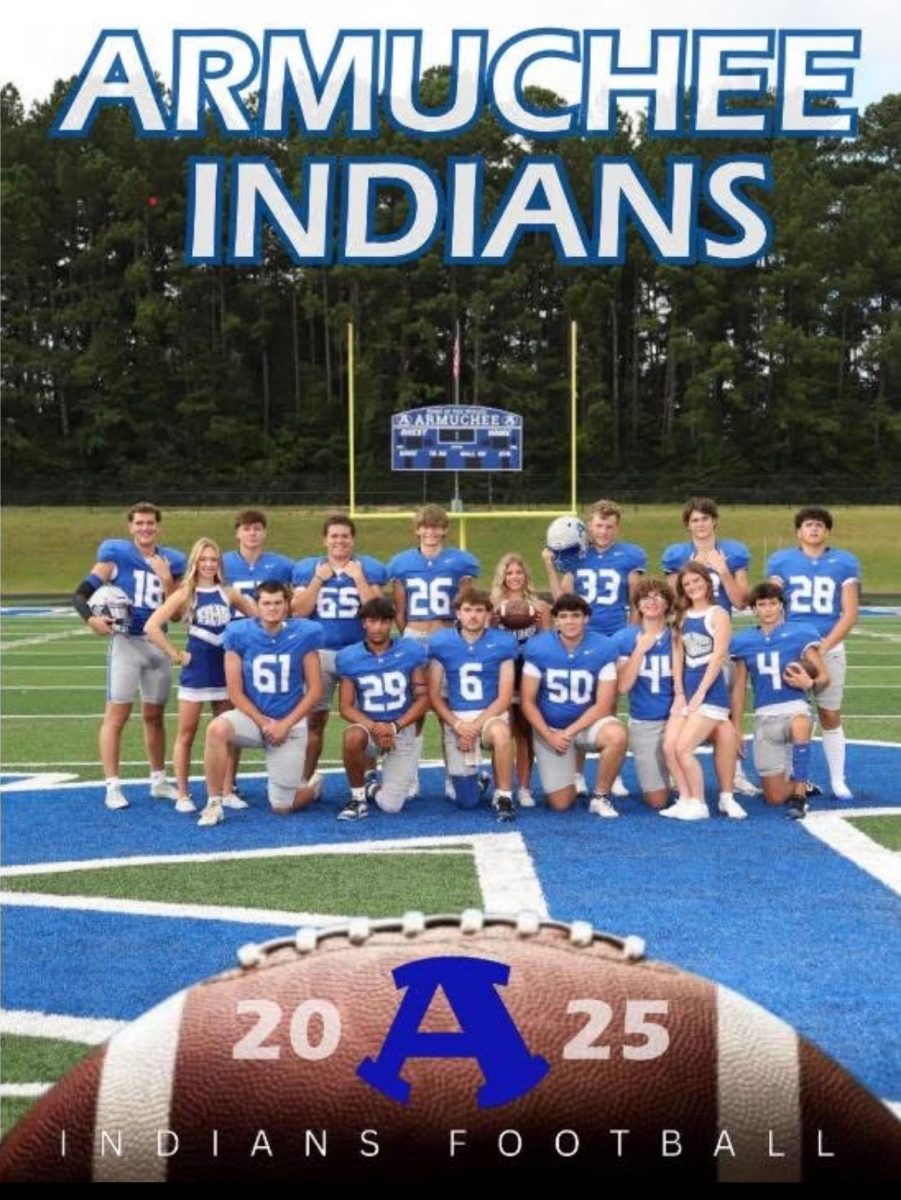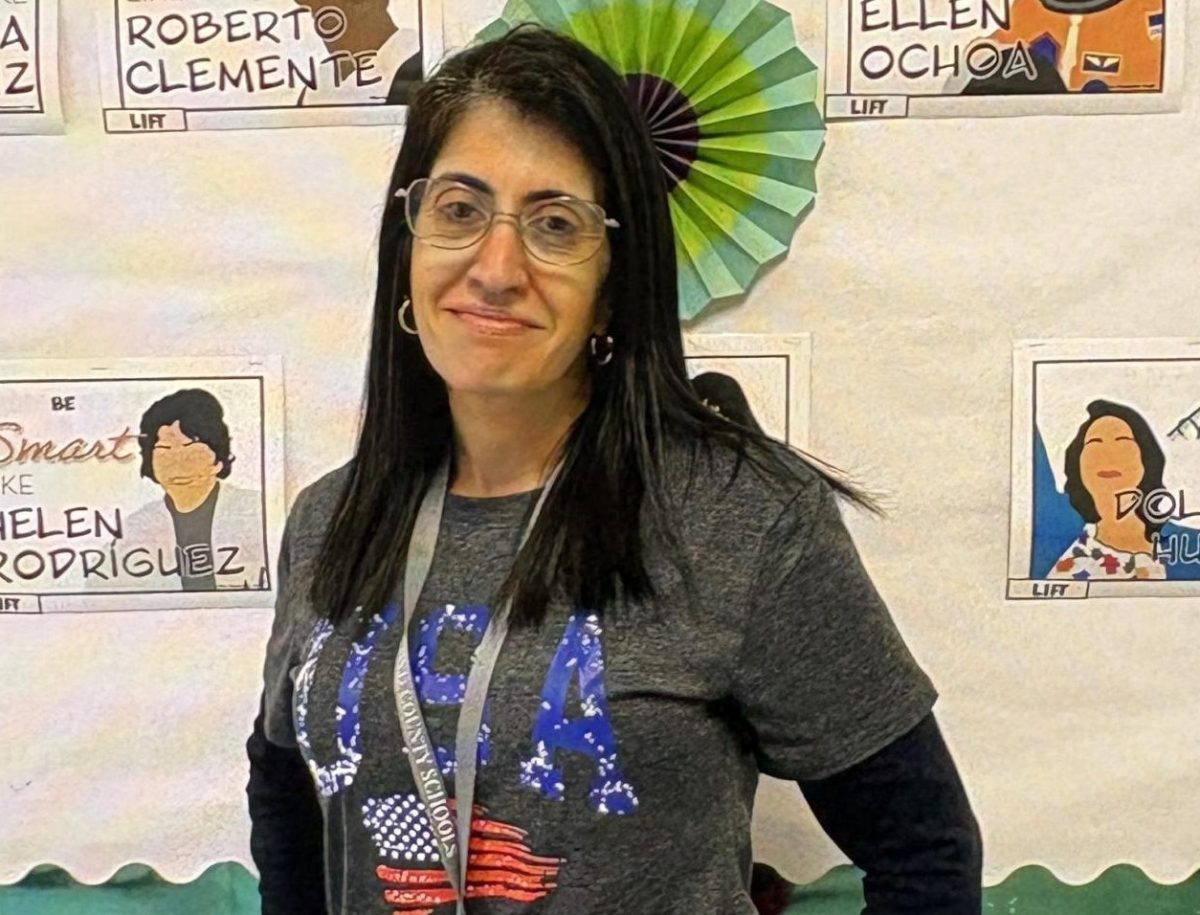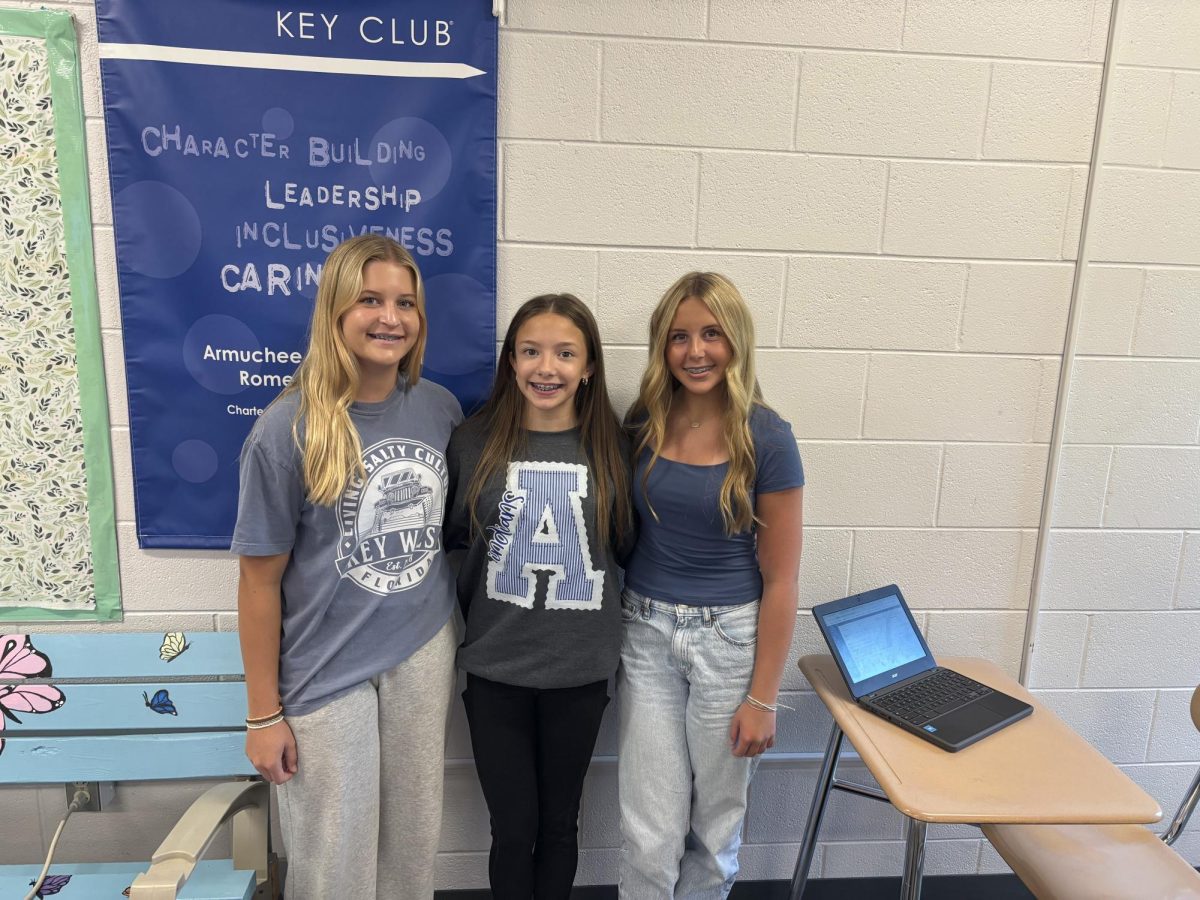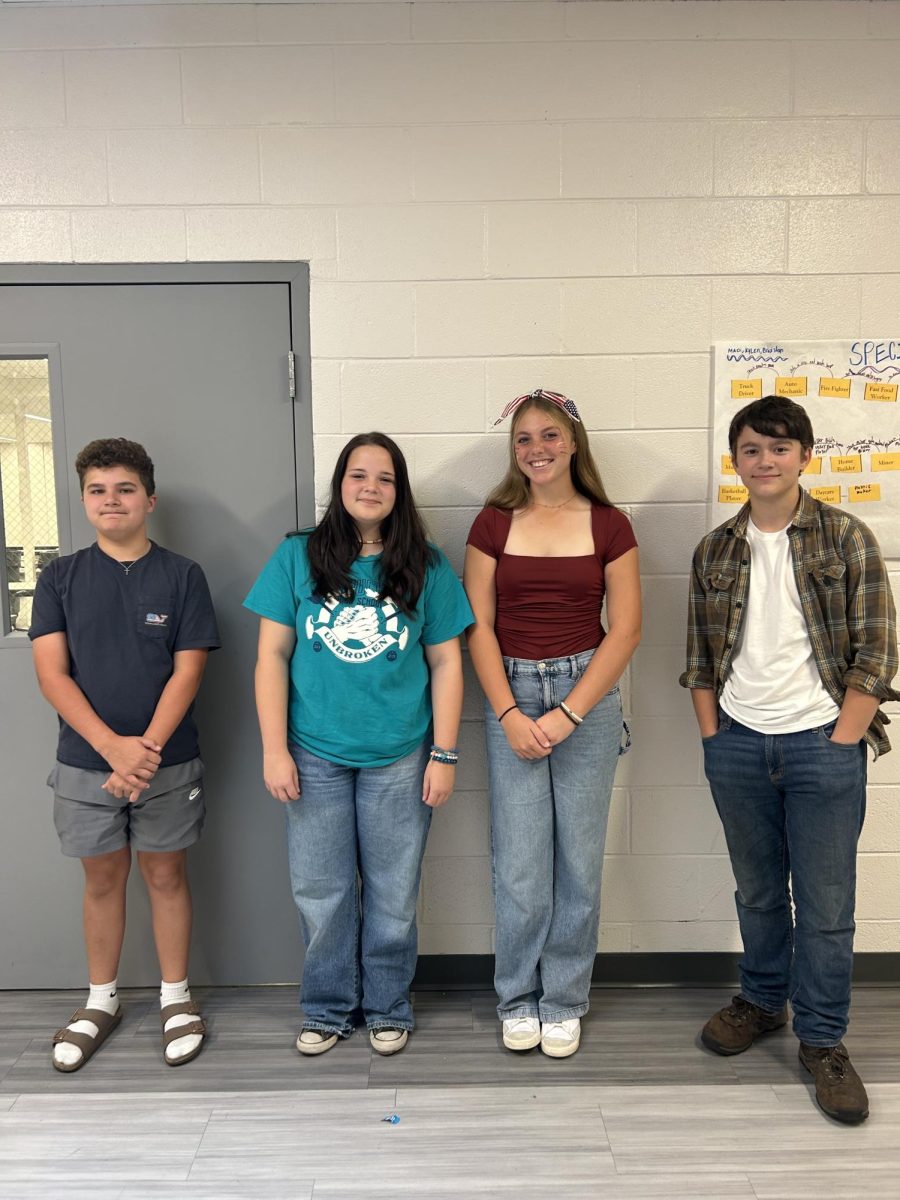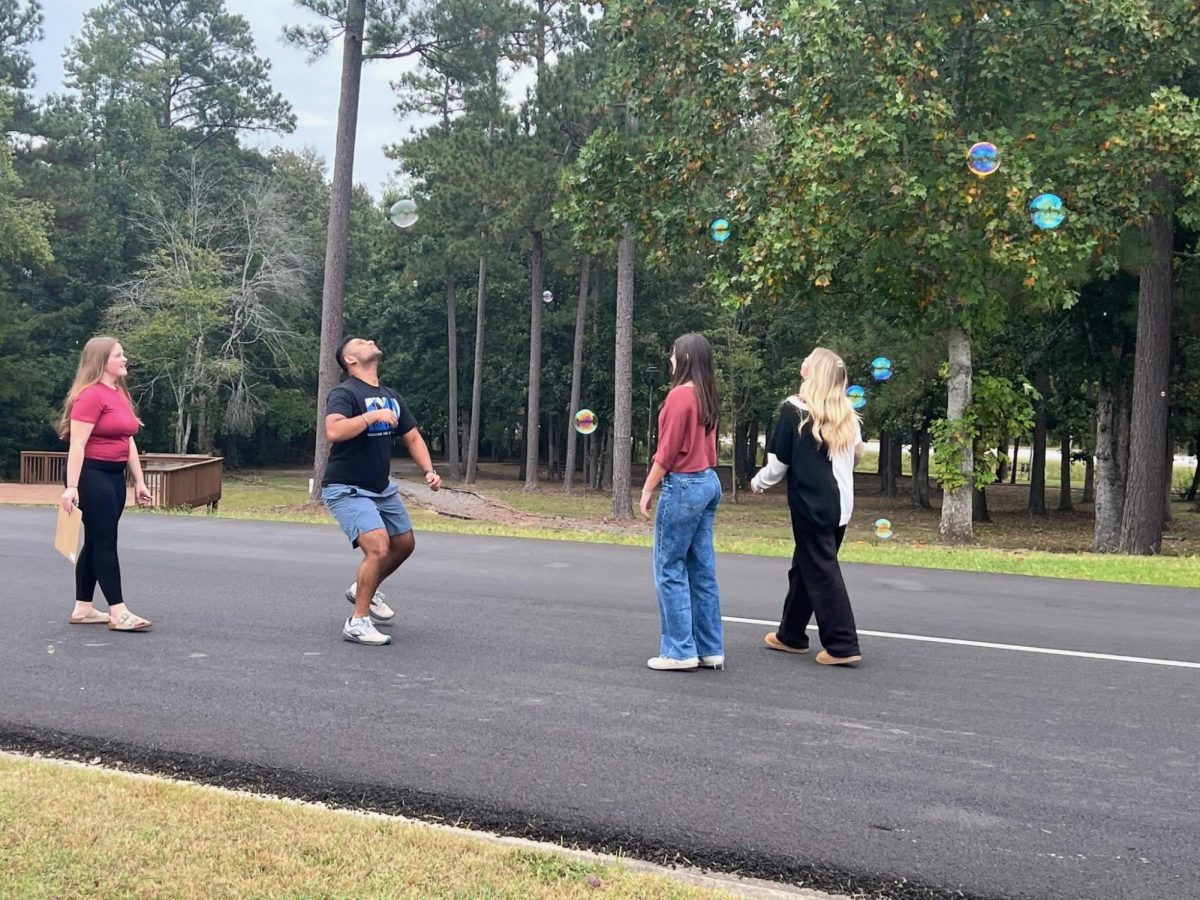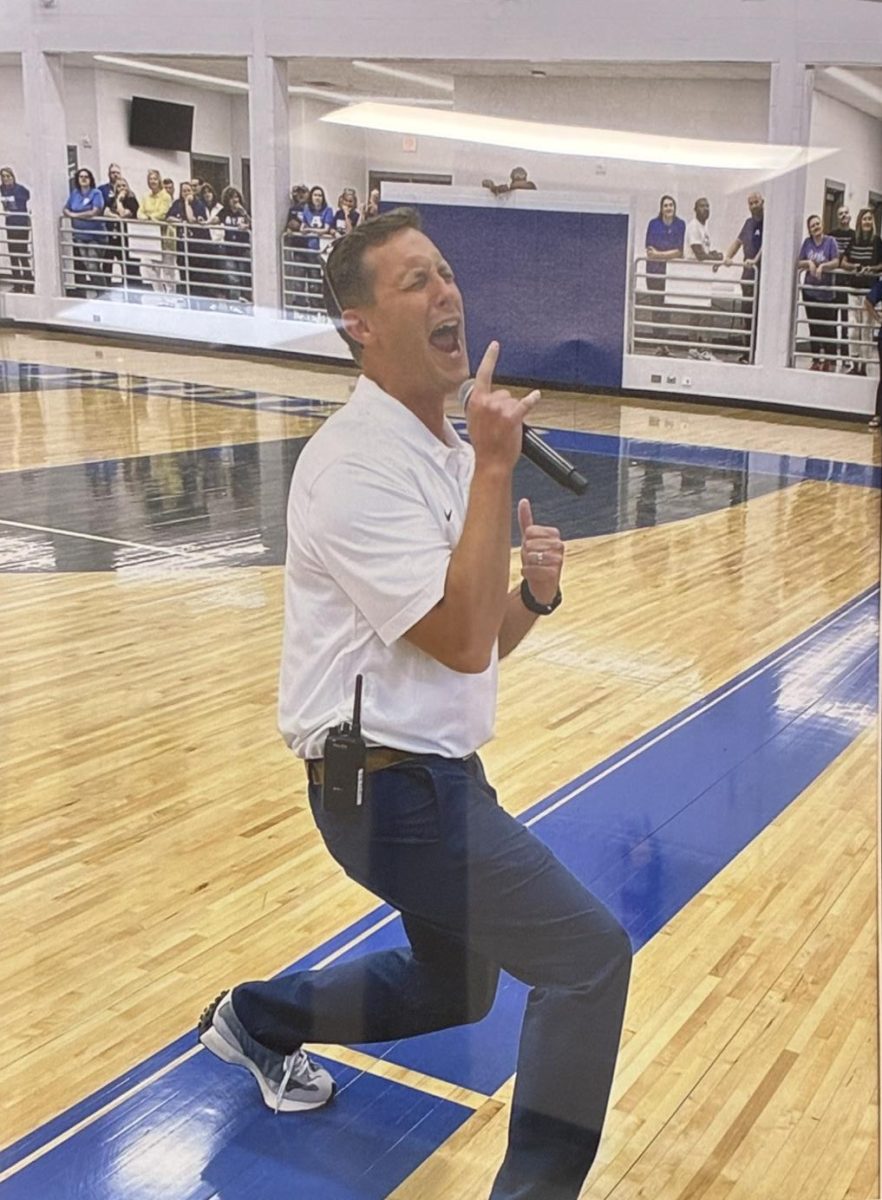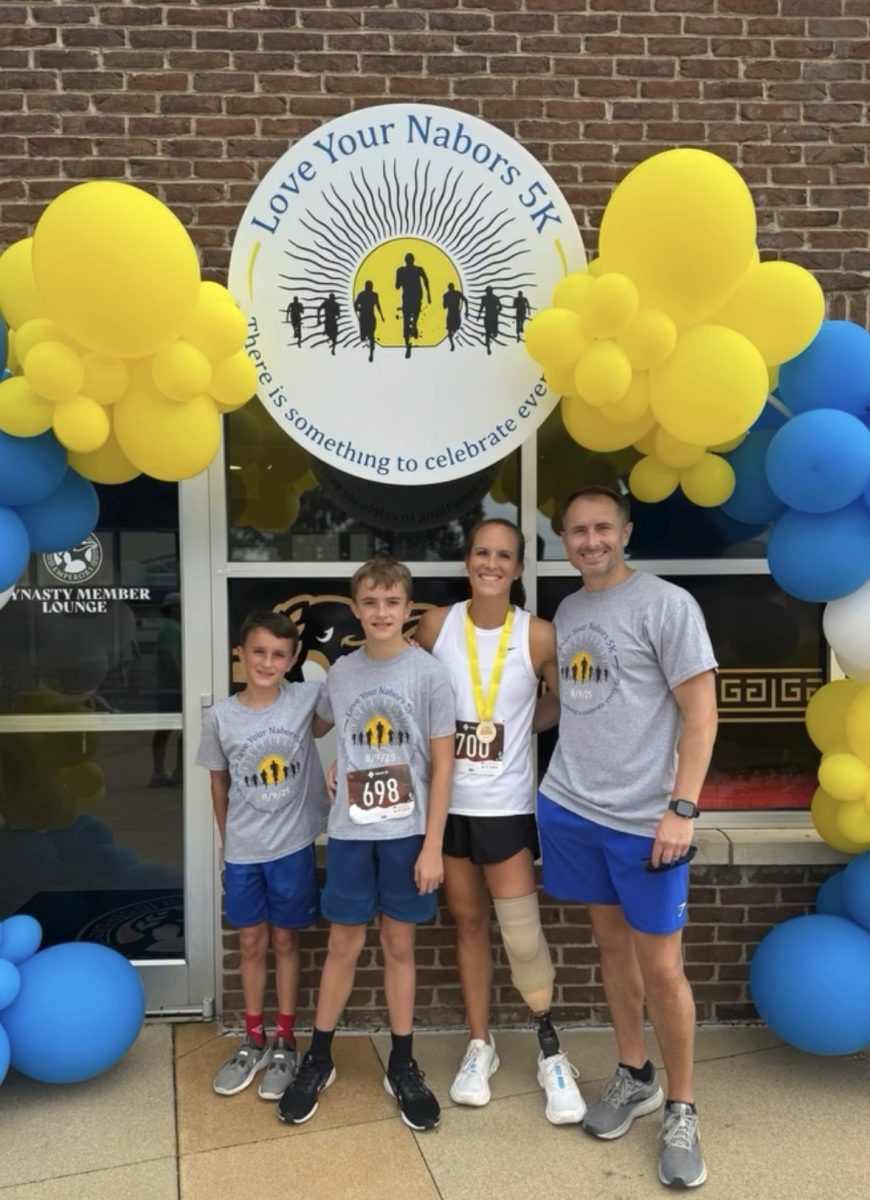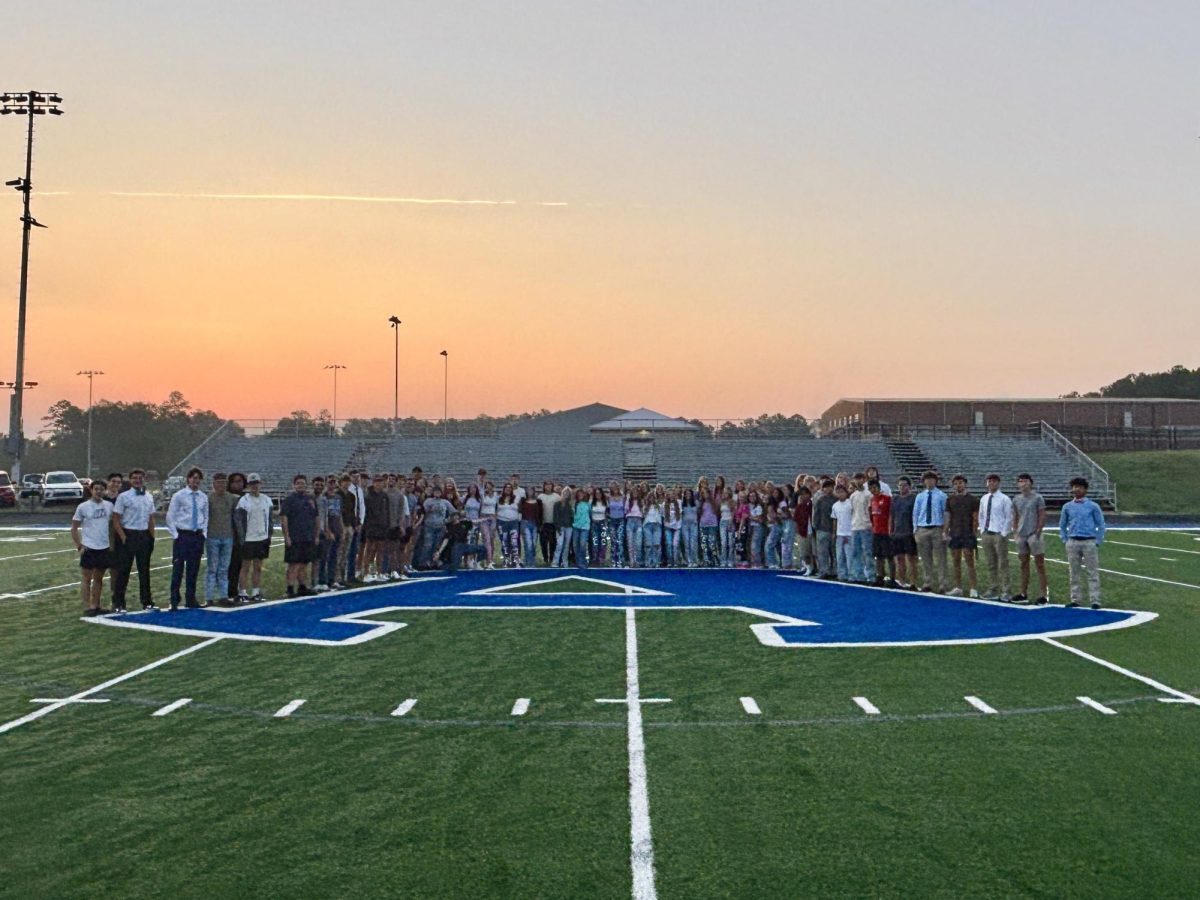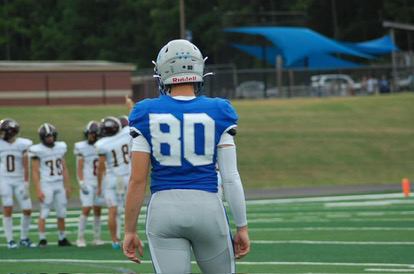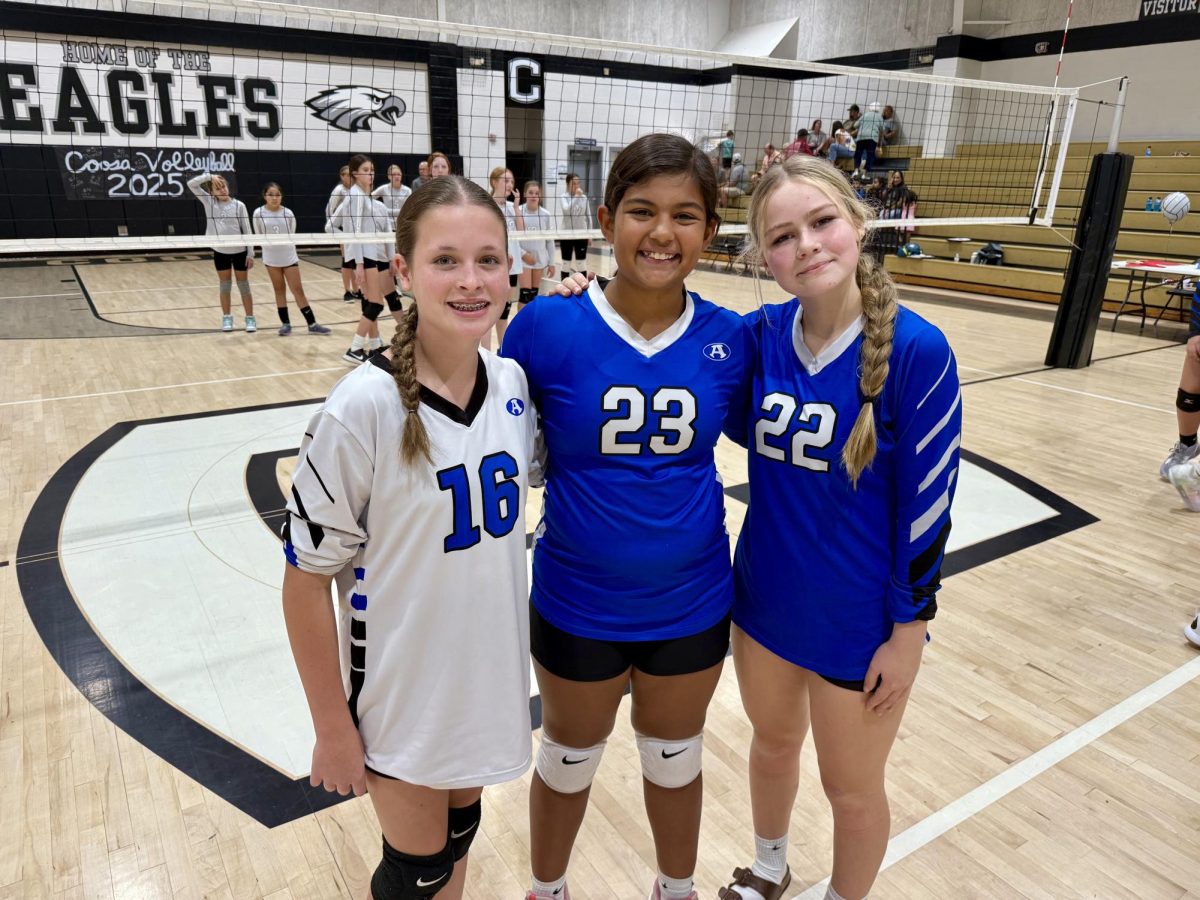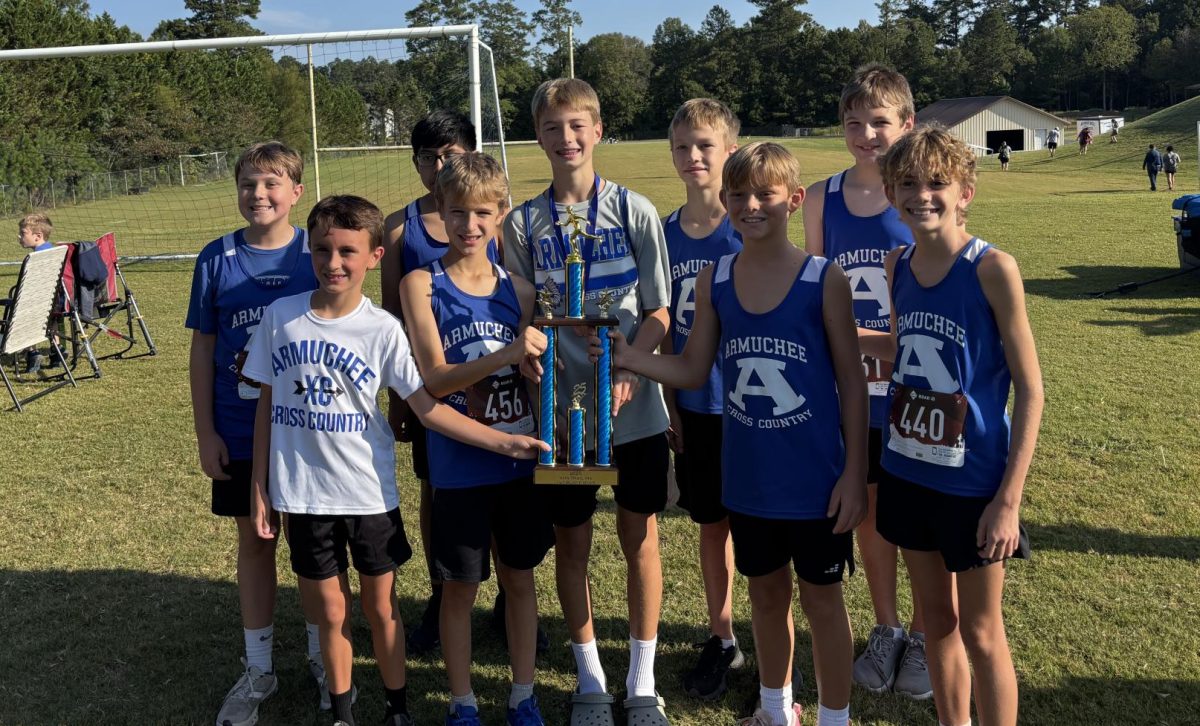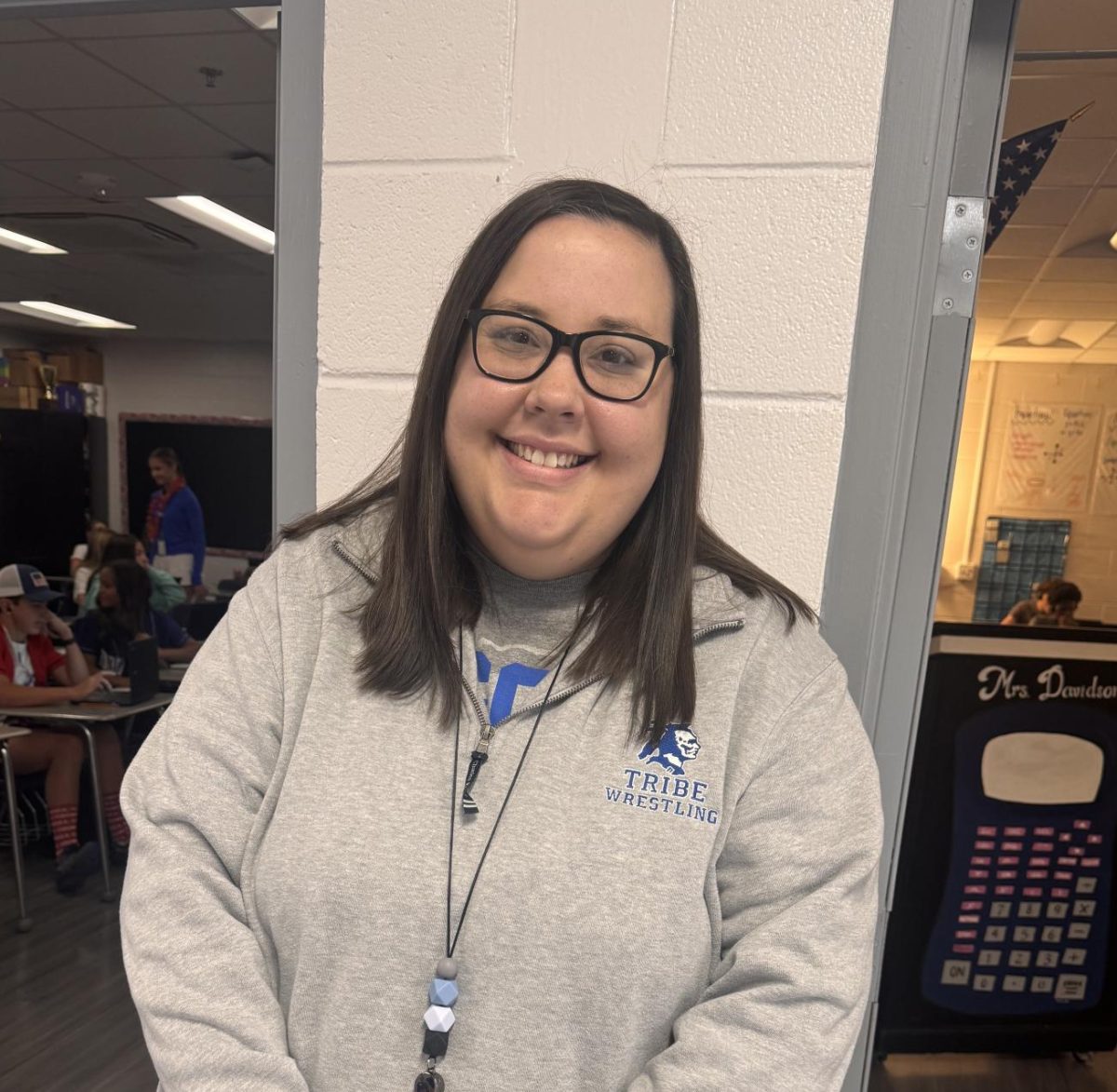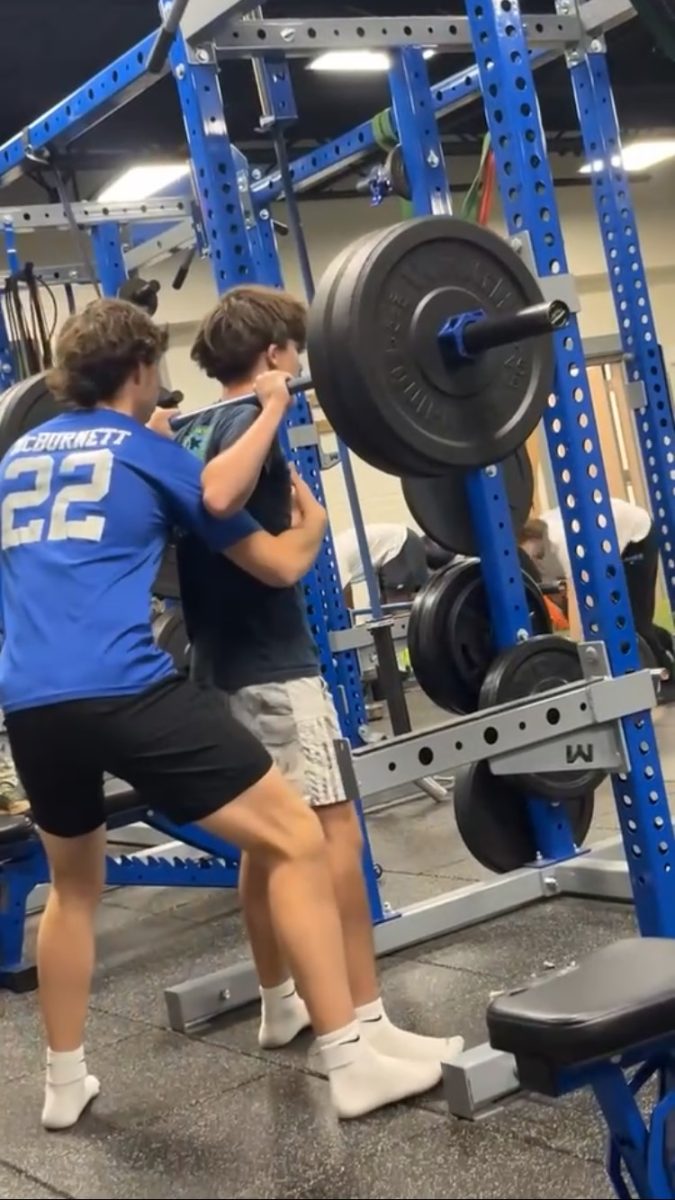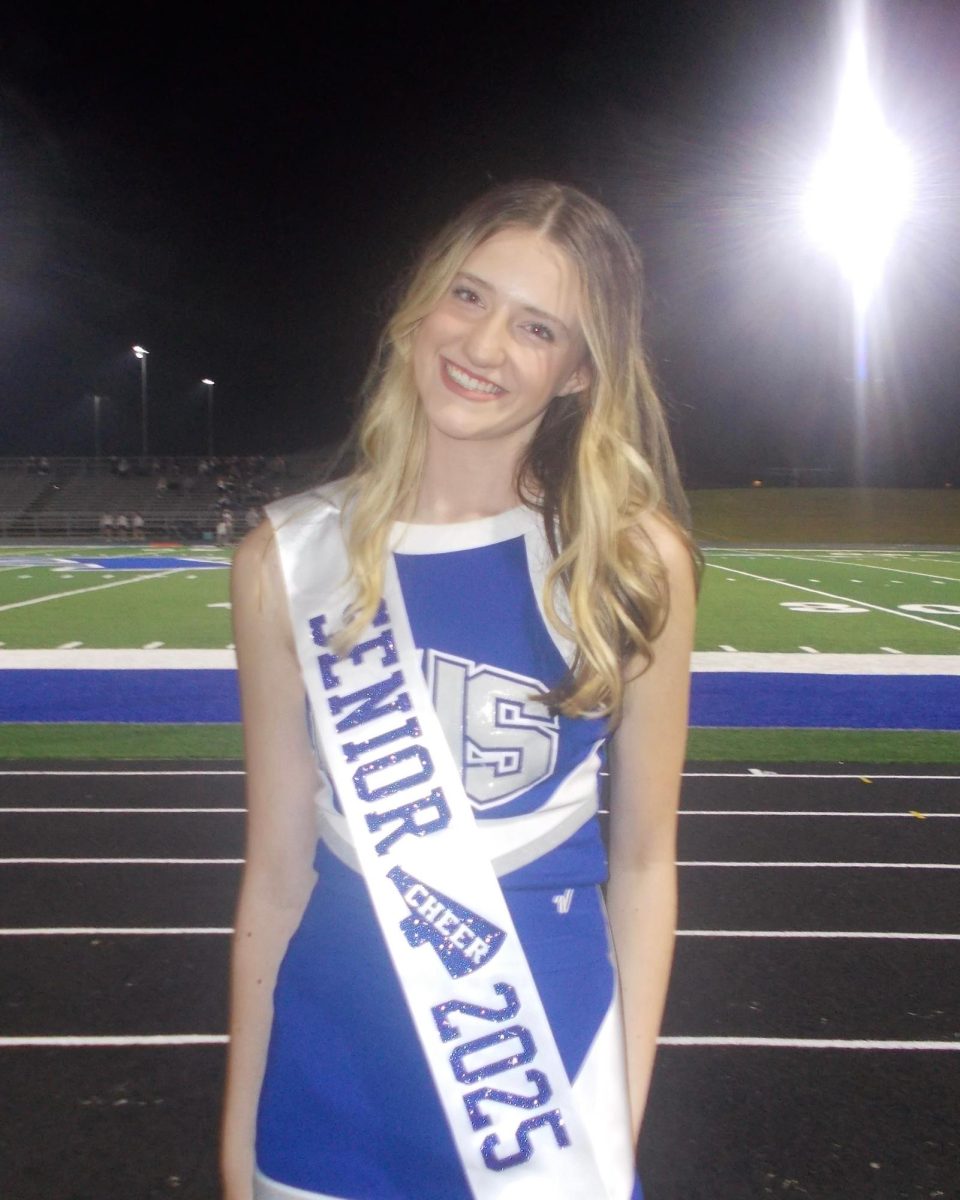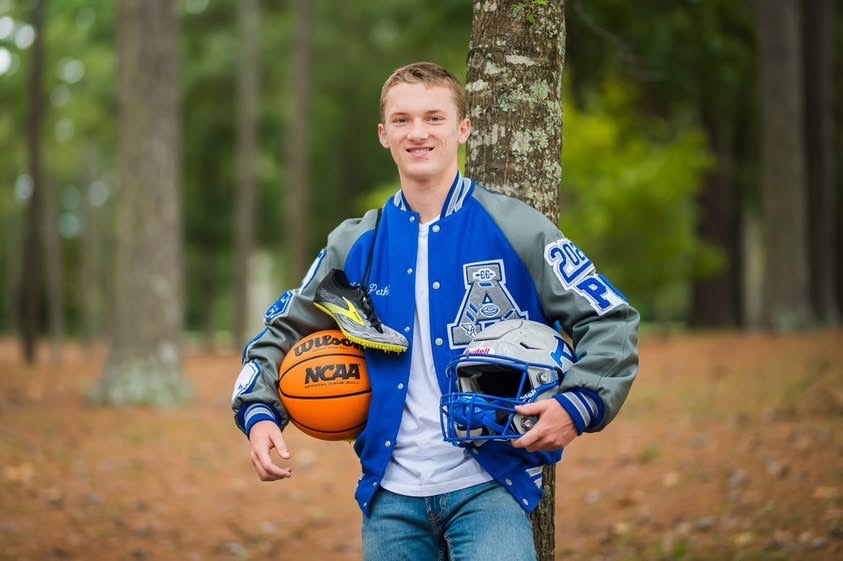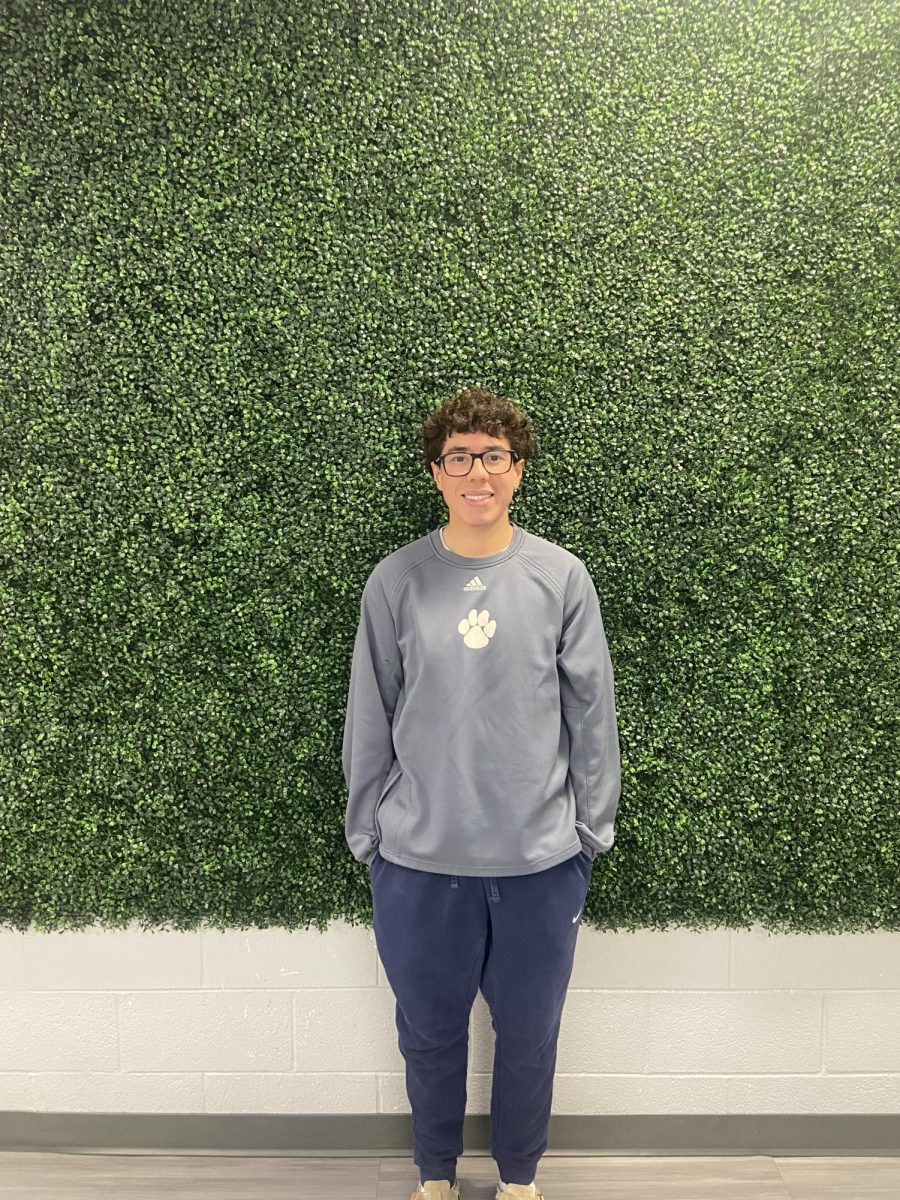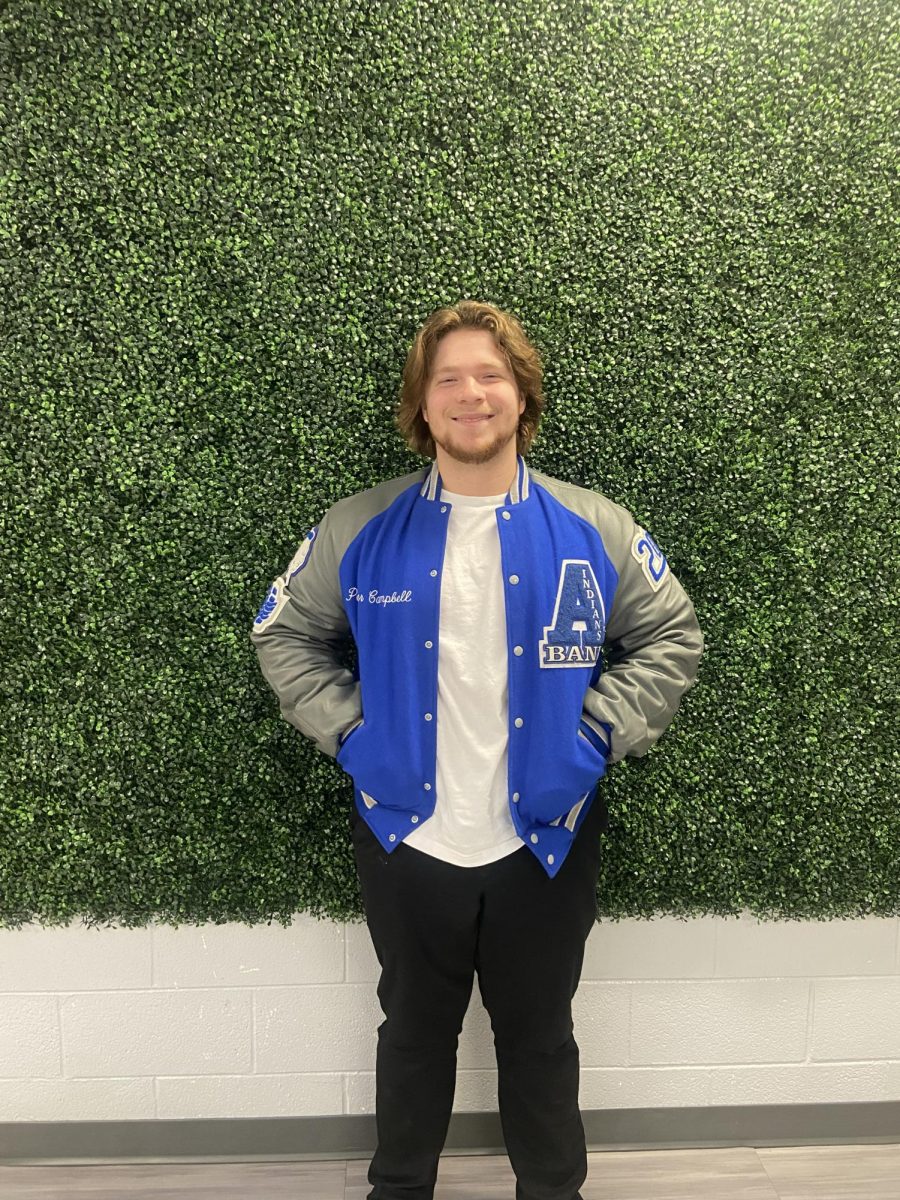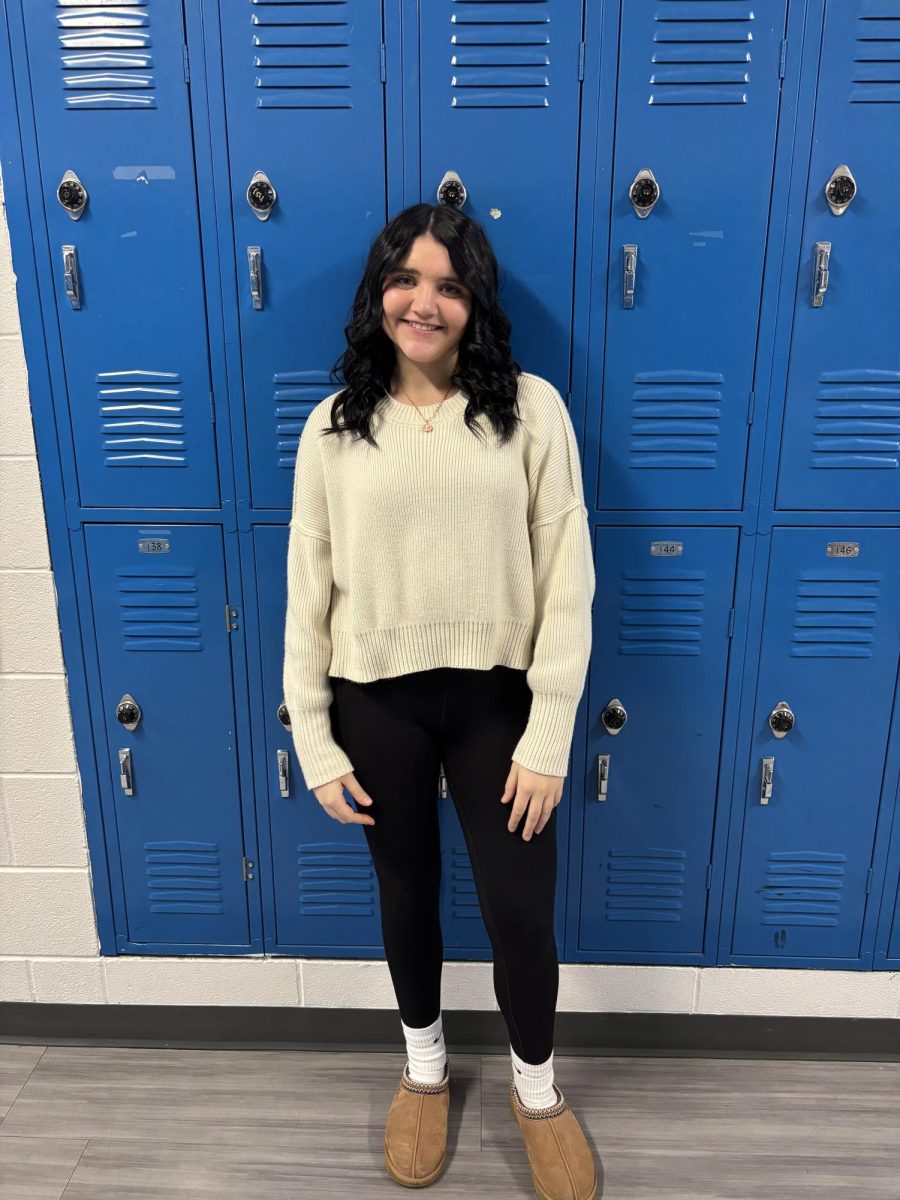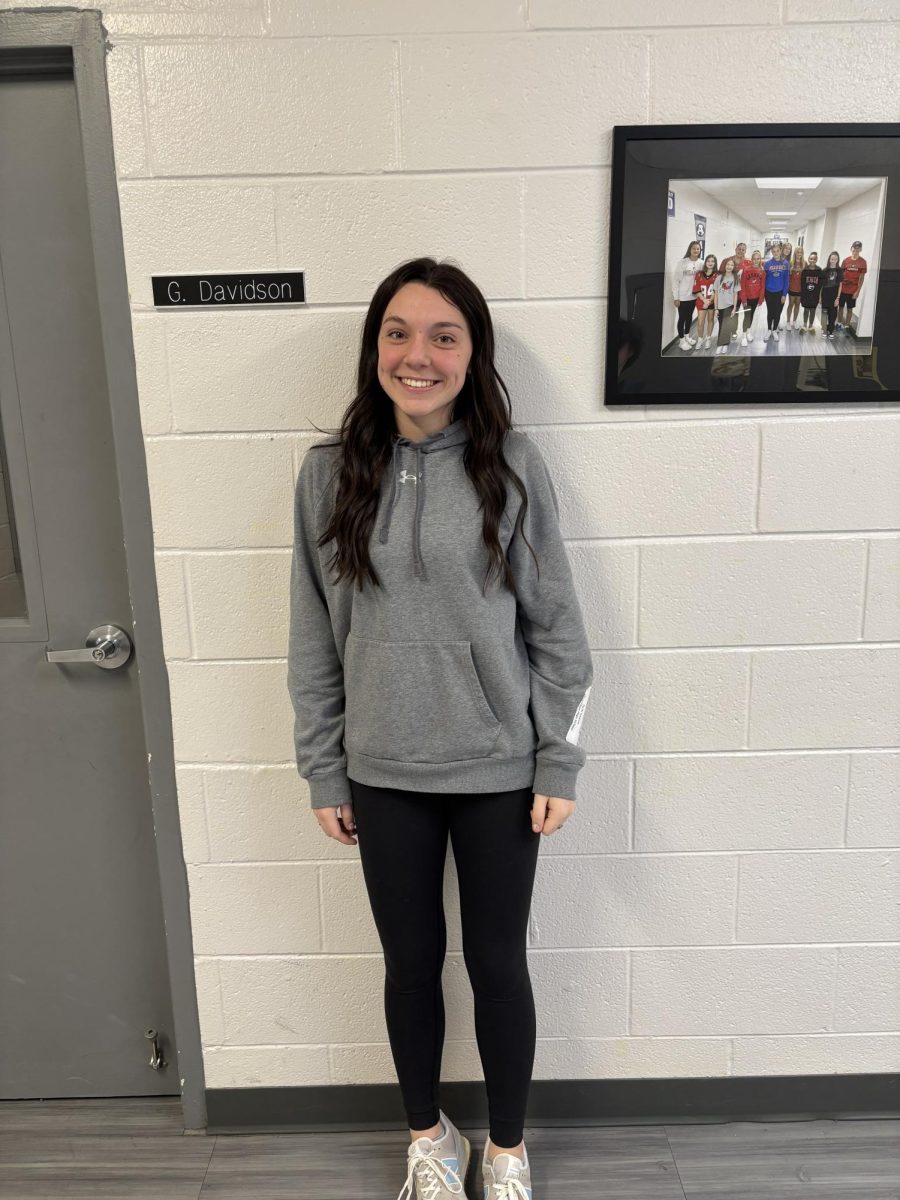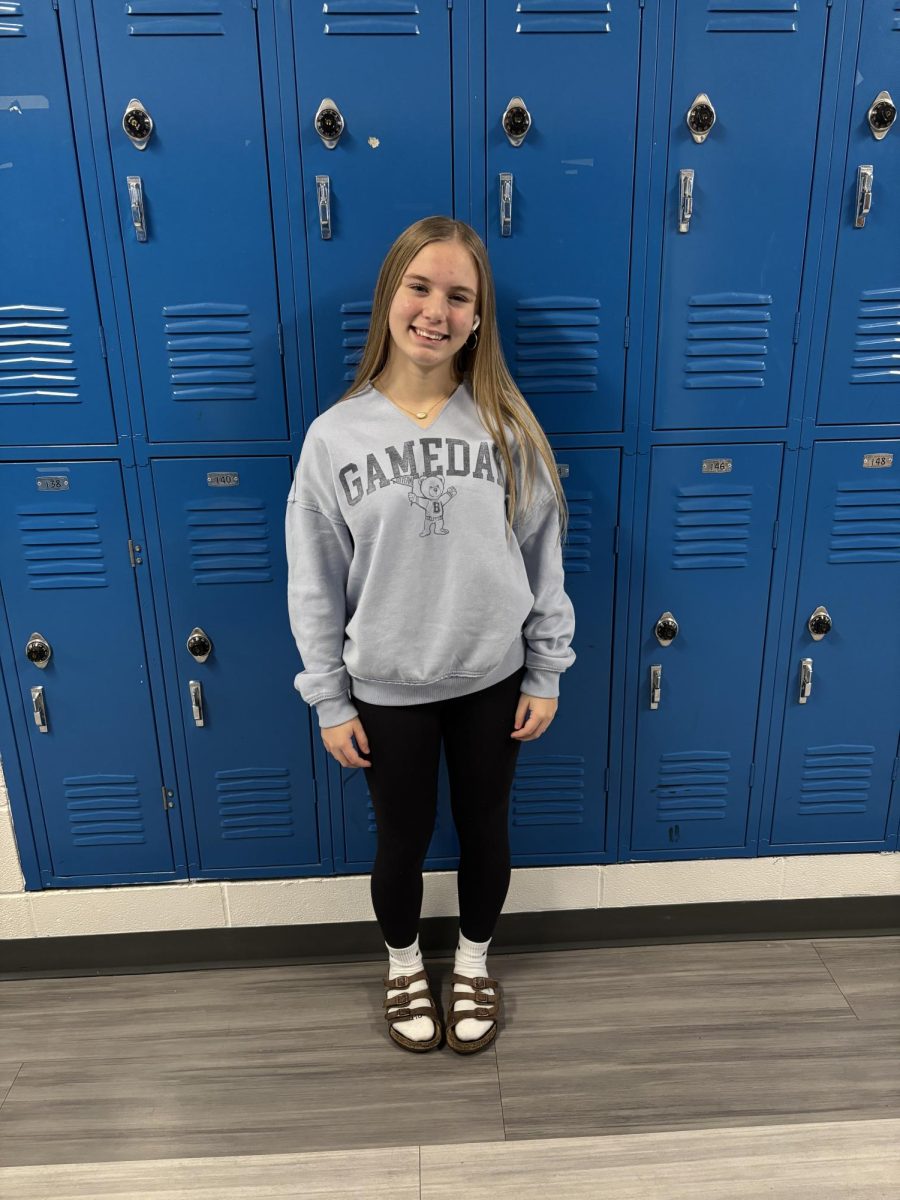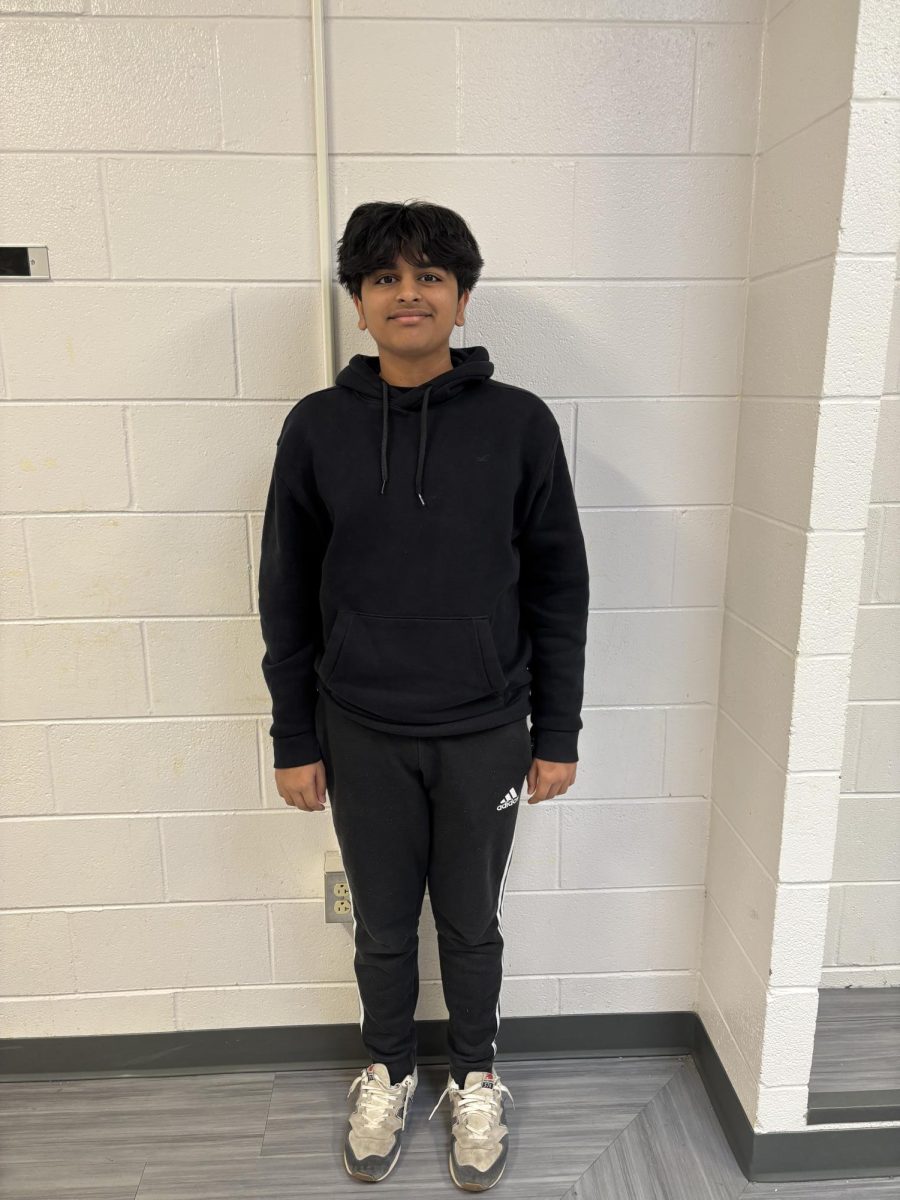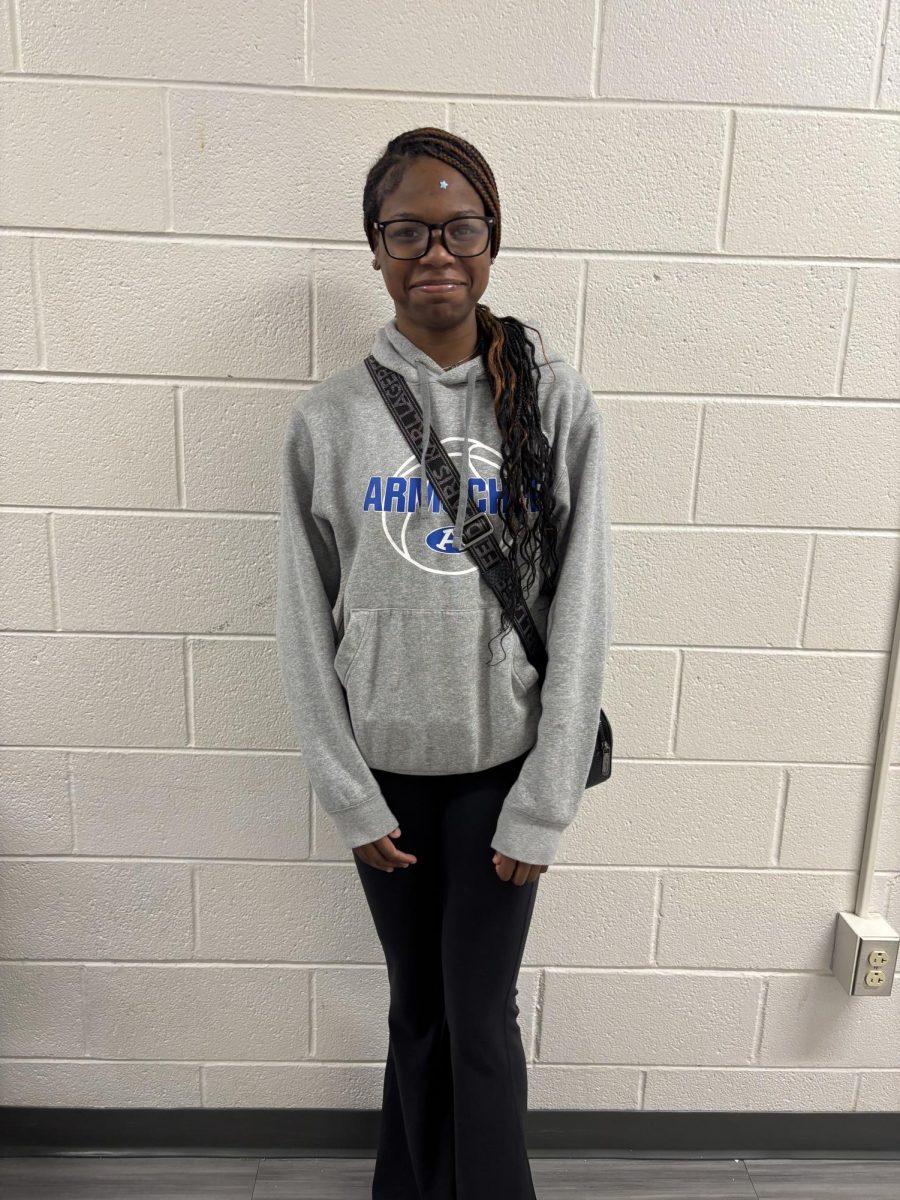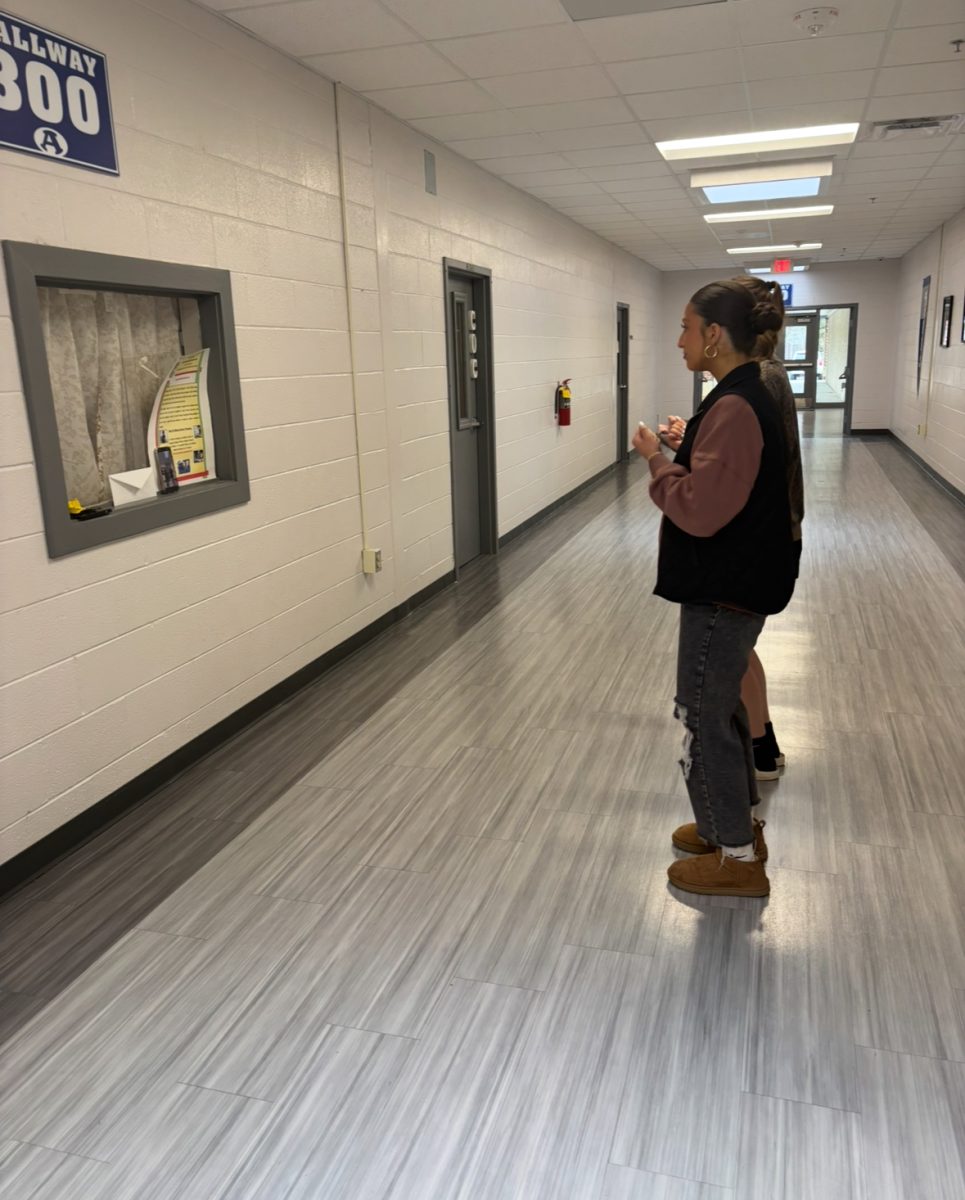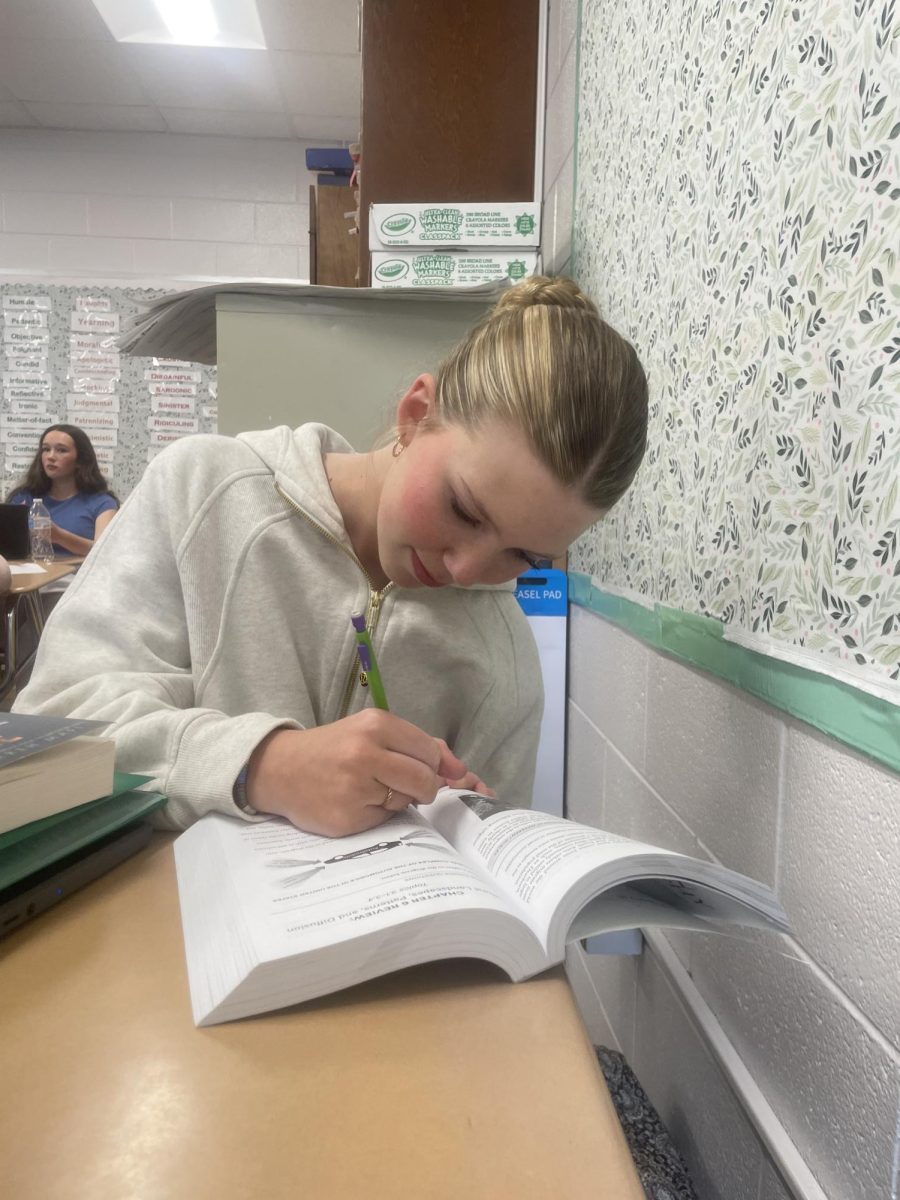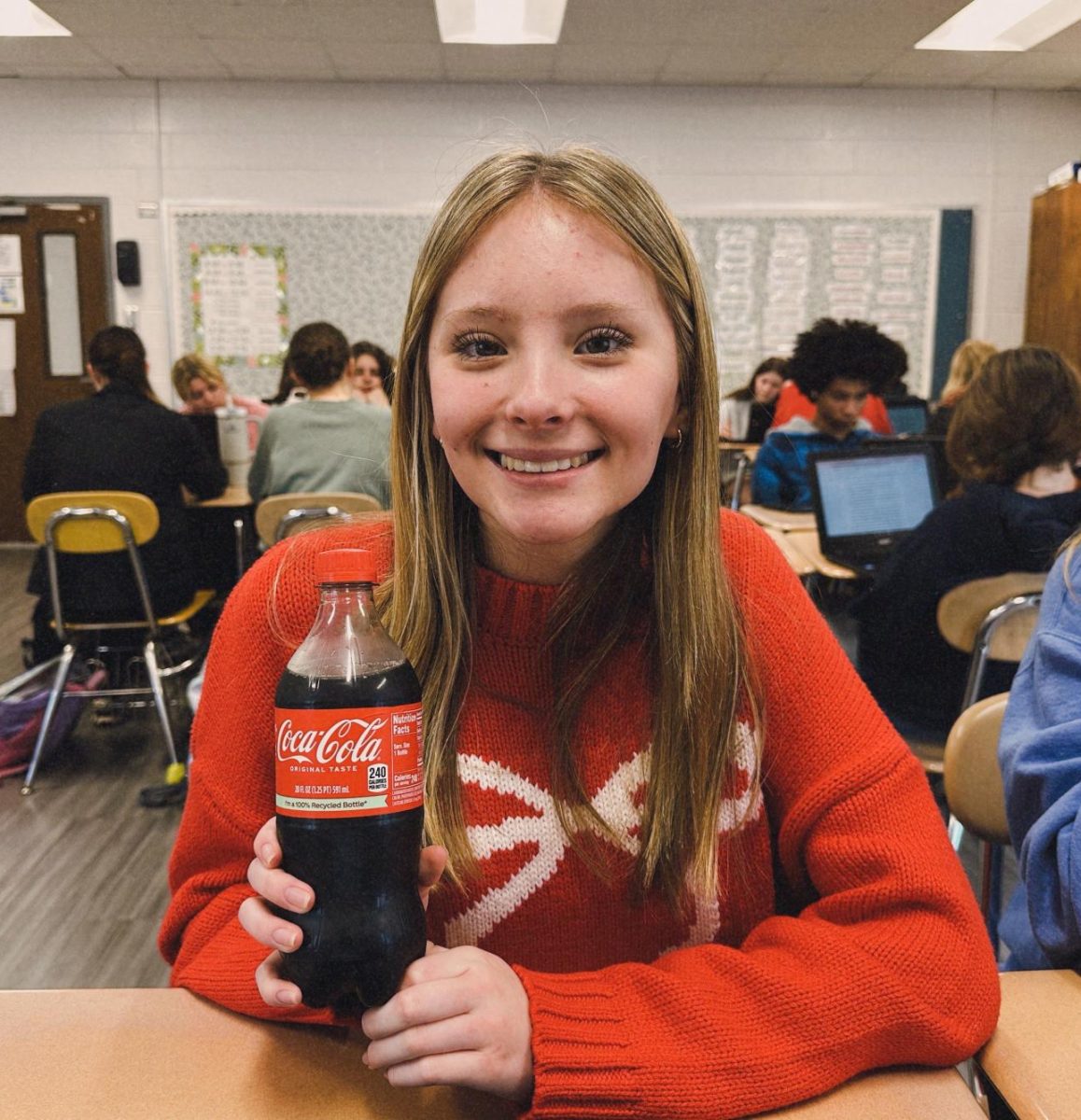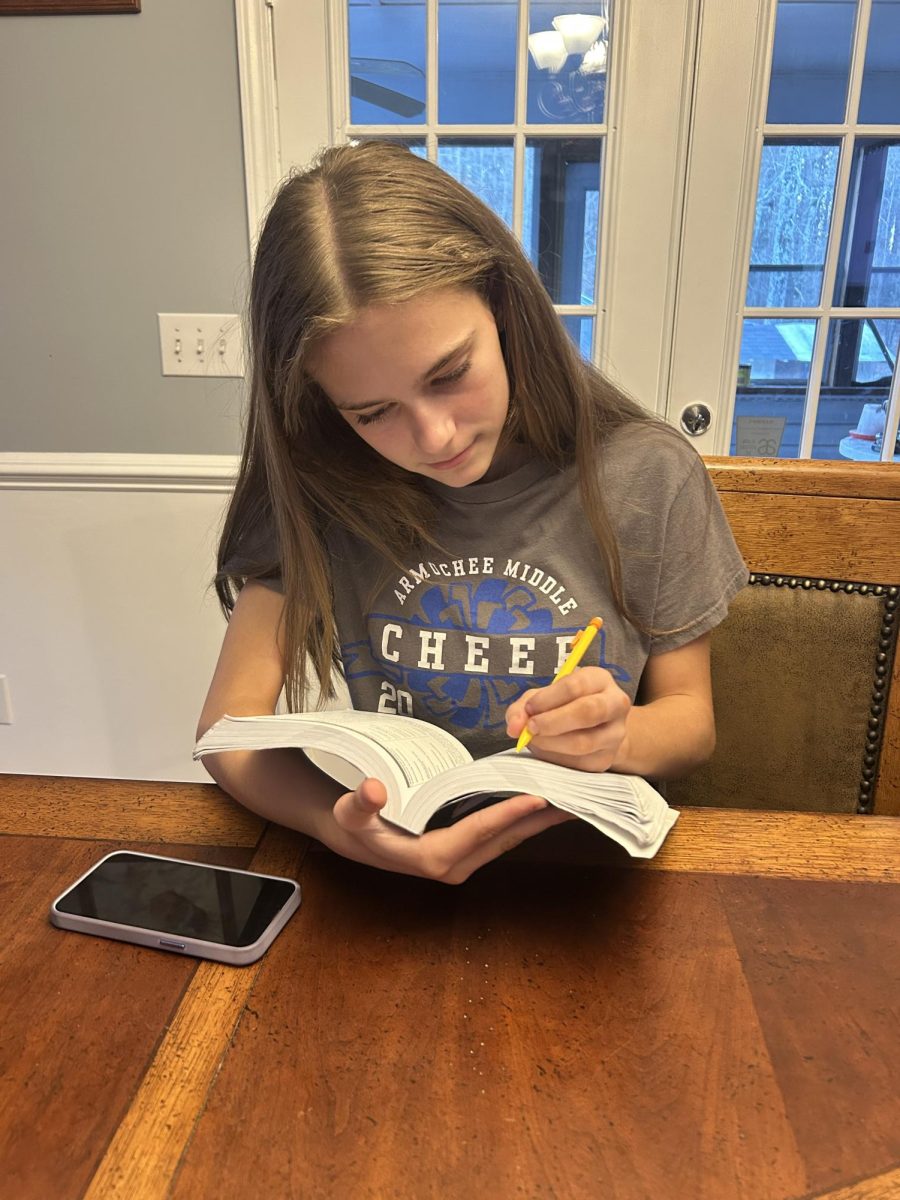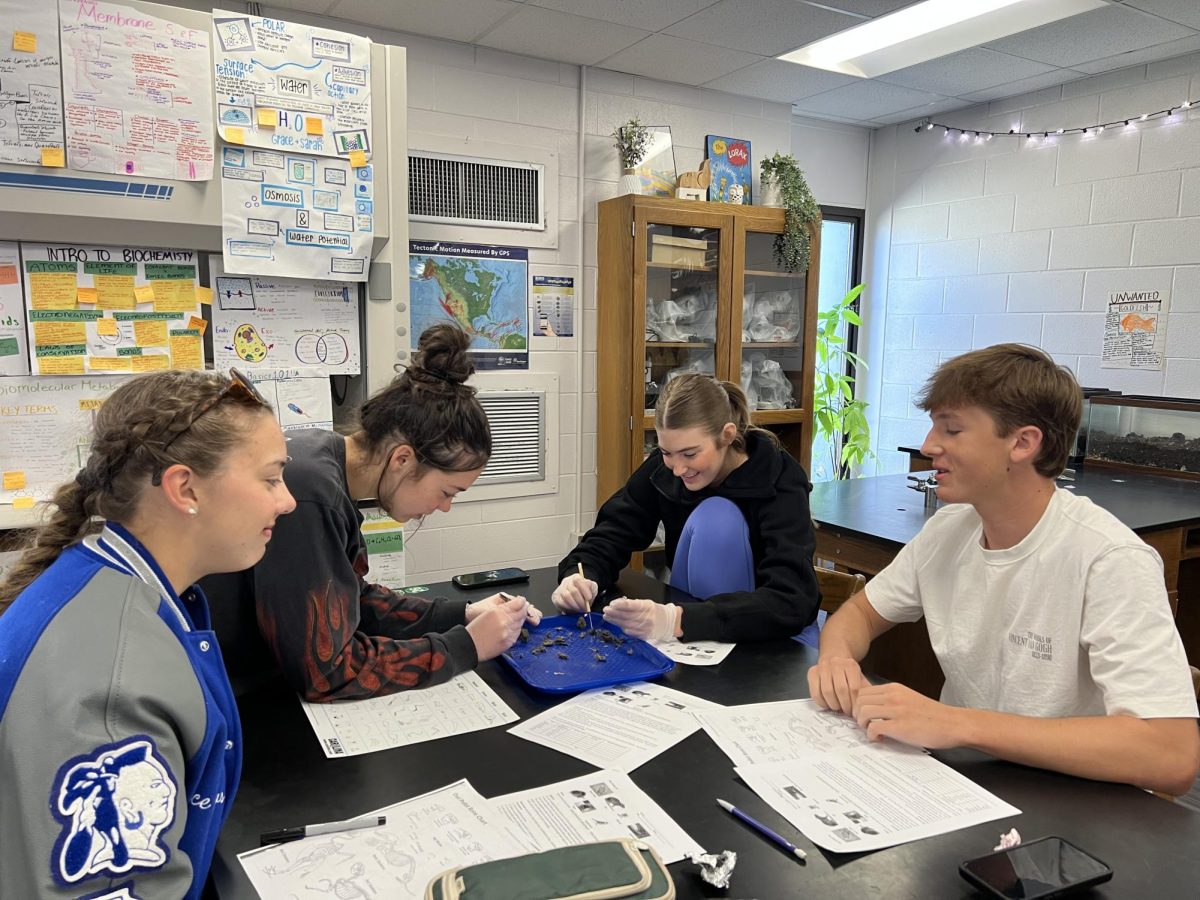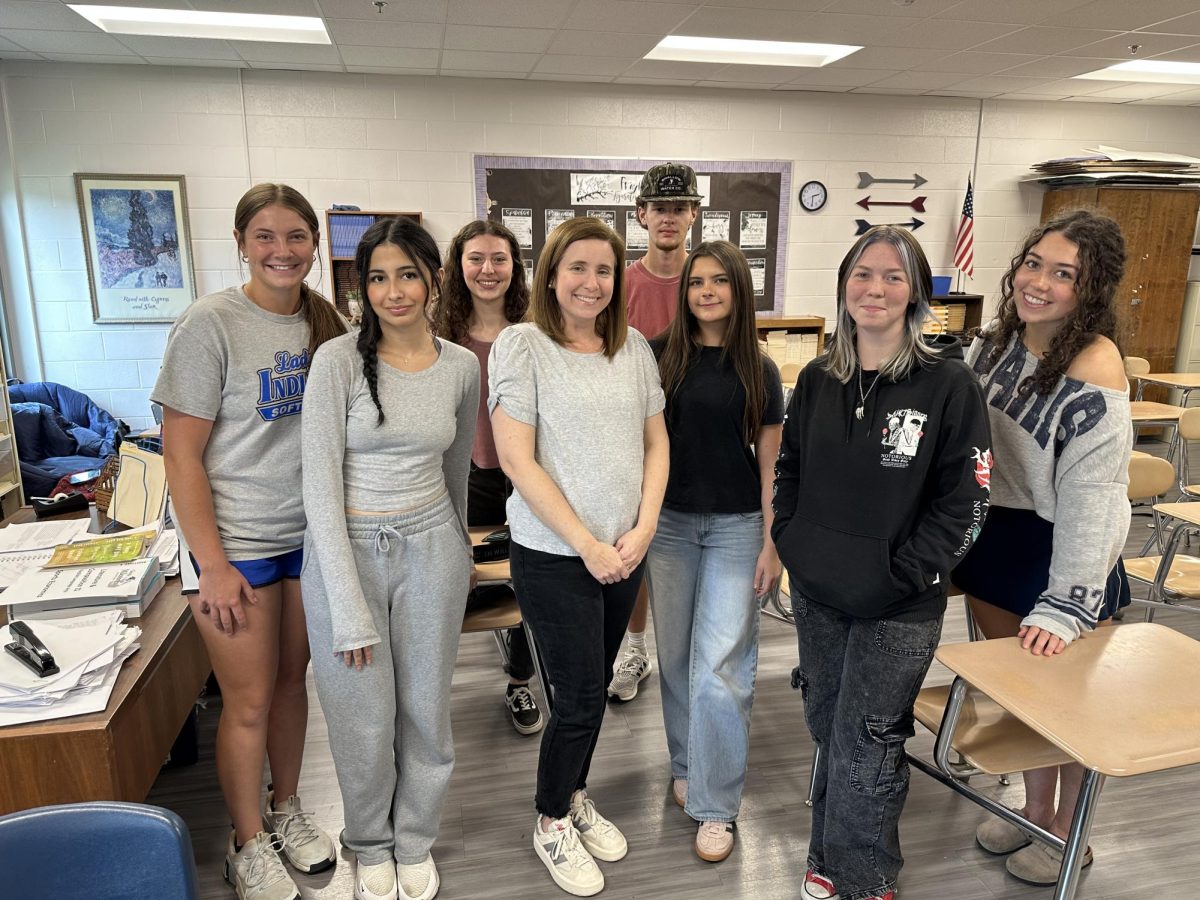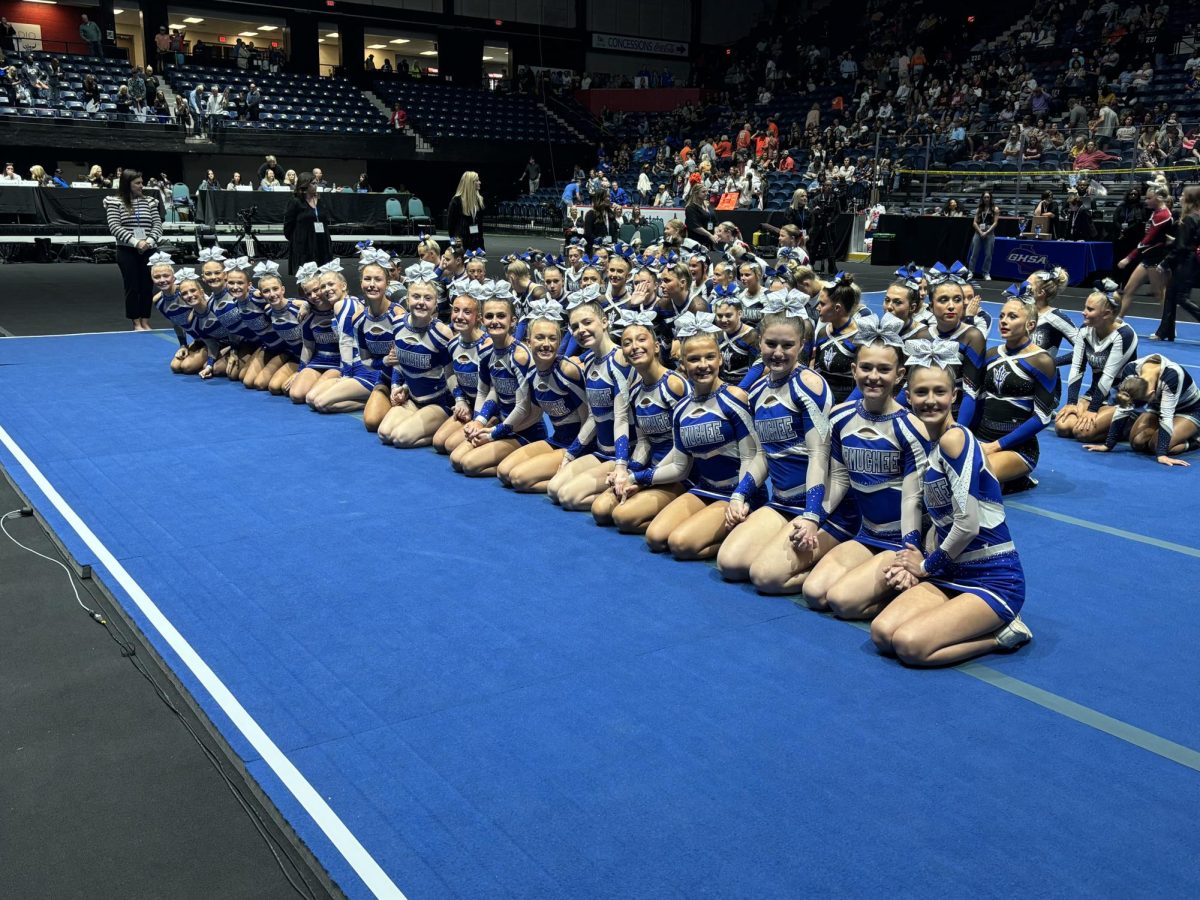On March 27th, 2025 at AHS, Mrs. Timberlake’s AP Biology class dissected owl pellets as one of their ecology labs to learn about food webs and predator-prey relationships. Providing them with a visual representation of the information, the lab aimed to help give students a better understanding of the material that will be on the AP test in May. Mrs. Timberlake said, “My students were able to see the real-life applications of the things that we are learning in class by doing a hands-on activity.”
The lab was widely enjoyed, as it was a new experience for many students. Prashie Patel, Junior, said, “I thought the lab was very interesting and exciting. This was the first time I dissected something, so I enjoyed seeing the owl pellet up close.” Before they began the dissection, Mrs. Timberlake played a video to show the students where the pellets come from, to help them get a better understanding of its origin. Grace Fellows, Junior, said, “The video was disgusting because it showed an owl puking up its meal, which made a pellet.”
Throughout the dissection, students were able to work with others and take part in the dissection process while gaining information and evidence from the experience. To begin the process, students used tools including forceps to pull apart their owl pellets and dissection picks to pull out the bones inside. The class concluded that the diet of Barn owls mainly consisted of various species of rats and shrews, based on the contents of the owl pellets. Mrs. Timberlake said, “They had to be extremely careful about not breaking the bones as they pulled them out. It is a lot cooler to get a whole skull, rather than a piece of one.” The bones they found correlated to what the owl consumed. Tori Vitello, Junior, said, “We were supposed to look at the bones in the owl pellets to determine what kinds of animals it ate.” Ansley Cordle, Junior, said, “We found that our owl had eaten two small mice because we found two skulls and two pelvis bones.”
Using information from the dissection, students were able to see the bigger picture of how the predator-prey interactions between owls and rats affect their populations and the environment. Mrs. Timberlake said, “We’ve been talking about energy flow and ecosystems, and the owl pellets make a great visual of how biomass moves.” Alex Yates, Junior, agreed, saying that the ecology lab helped him get a better understanding of energy flow through populations, while still being able to have fun learning. Along with the dissection, students had an informational packet where they could see the different types of bones, gather what they found in the lab, and transfer it into a graph. He said, “The packet contained important concepts such as math involved in biomass calculation, as well as energy triangles.” The ideas in the lab gave them other ways ecology-related ideas could be presented in the future, especially on the upcoming AP Biology exam. Ansley Cordle said, “I stayed engaged in the unit during the lab and focused on how to apply the material to real-life scenarios, which is likely something we will have to do on the AP test.”
Overall, the lab gave students a break from notes, allowing them to have a fun opportunity to learn. Sarah Perry, Junior, said, “I enjoyed the lab! I thought it was very cool to dissect the owl pellets and see what was inside.” Up next for AP Biology students is using the knowledge they gained in the course and using it to ace their AP exam and push them into higher-level science classes.



